Yes,
any charger will consume some power, even if no charging device is connected to it. As @dim pointed out, if there is no physical switch which turns the charger off, there will always be some power consumption due to the charger converting the "raw" energy into a form the charging devices can use (from AC to DC and they adjust the volt count - usually to 5V).
However, how much power is drained is something else. This depends on how good/poorly the charger is made. You know definitely that a charger is not well made, if it makes high pitched noises or gets warm when plugged in without a charging device.
If you want to know how much power it drains exactly, or which of two chargers is more efficient, there are devices like this:

using it we can determine, how much energy a charger uses. It is of course not a very-high precision tool, but it should do the job for our case. Using it we can determine that the charger (I hadn't one like you showed in the image, so I used a normal microUSB charger) consumes 0.03A when charging a phone and 0.001A when plugged in without anything else (int this case, the charger did make the noise).
And this applys to basically any charger or device which does not have a physical switch or uses raw AC power. Some energy will always be lost, although it is not really enough to be something an average user should worry about (however, having a charger/similar that heats more and more up is).



